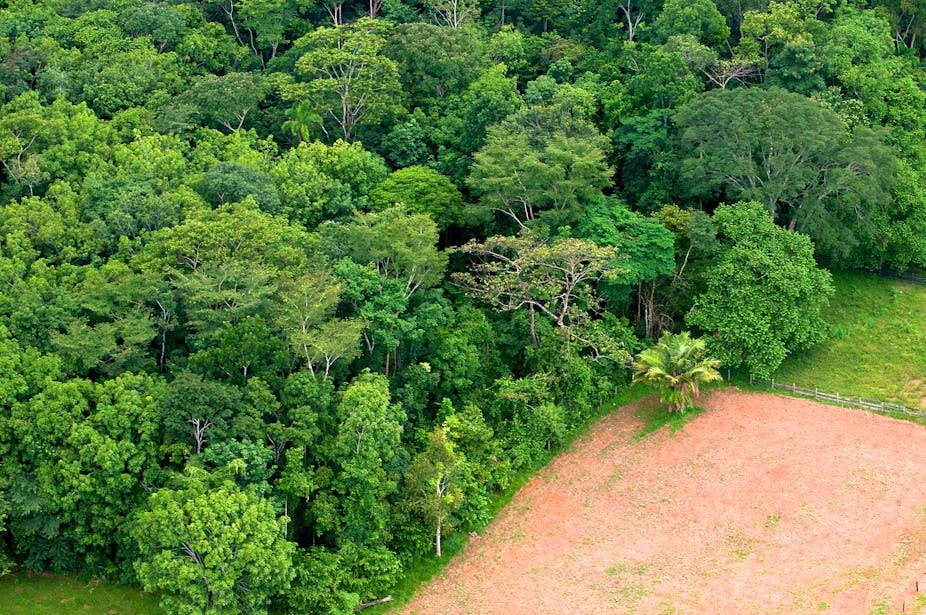The mid-year Bonn climate negotiations in Germany have unexpectedly agreed a mechanism to reduce emissions from deforestation and degradation (REDD+) after 10 years of effort. It lays the groundwork to get assistance to countries to help them save forests and reduce potential greenhouse gas emissions.
The negotiations represent another step on the road to a potential global agreement at the major summit in Paris at the end of the year.
What progress is being made? What are the challenging issues that may end up being a focus of negotiations in Paris? What does the roadmap from here look like?
A draft agreement text has been developed that is still way too long and with far too many disagreements. The two co-chairs of the process, Ahmed Djoghlaf of Algeria and Daniel Reifsnyder of the US, have been authorised to refine this for further work by the parties.
The draft includes all the elements for a global agreement - mitigation of emissions, assistance for dealing with the impacts of climate change, stimulating new technologies and low carbon development, and aspirations for the needed finance to make this all happen. However the negotiating process remains slow with many disagreements remains.
G7 commitment builds momentum
The prospects for Paris and the negotiations were given considerable momentum by the G7 meeting of industrialised countries that occurred at the same time. The G7 issued a final communique which emphasised that deep cuts in global greenhouse gas emissions are required, with a decarbonisation of the global economy over the course of this century. They also said they would continue efforts to provide US$100 billion a year by 2020 to support developing countries’ own climate actions.
Crucial emerging issues that may be on the table in Paris include how to lift the emissions-reduction ambition of countries’ commitments before and after 2020, so that the goal of keeping global warming below 2C is achieved. In November an assessment will be undertaken of the aggregate emission reductions of the commitments of all countries. It is highly likely to show a significant gap between the commitments and this goal.
The United Nations Environment Program released a report this week showing that the efforts of cities, states and businesses could add substantial emissions-reduction effort, in the order of 20% of the efforts of national governments around the world.
Adequate public and private-sector finance still remains a challenge. The G7’s call for decarbonisation of the global economy sometime this century does not yet have majority support in the negotiations but is viewed as very important by some in business to send a long term investor signal and by civil society.
Laggards or leaders?
There are different views about whether countries should be putting new commitments on the table every five or 10 years. With the pace of technology change and the extent of the challenge facing the world, the shorter cycle has the attraction of allowing more flexibility in the ratcheting up of effort over the years.
All 196 countries in these negotiations are important in this consent decision making process. However the positioning of the US and China, and Brazil and India is crucial. At the same time, Australia and Canada risk being laggards and are coming under increasing scrutiny from the major powers (and their major trading partners).
There are at least three more negotiation sessions planned before the main event in Paris. The French President of the “Conference of Paris” conference parties is asking political leaders to hold several consultations to narrow down and start to find solutions to the tougher political issues behind any agreement.
The negotiations are frustratingly slow. However at Bonn they seemed to be starting to move firmly towards a new global climate agreement being struck in Paris. As always, the devil is in the detail. How much ambition, finance, energy, and teeth and we’ll see in an ultimate Paris agreement rests on the work to be done and goodwill between now and then.

